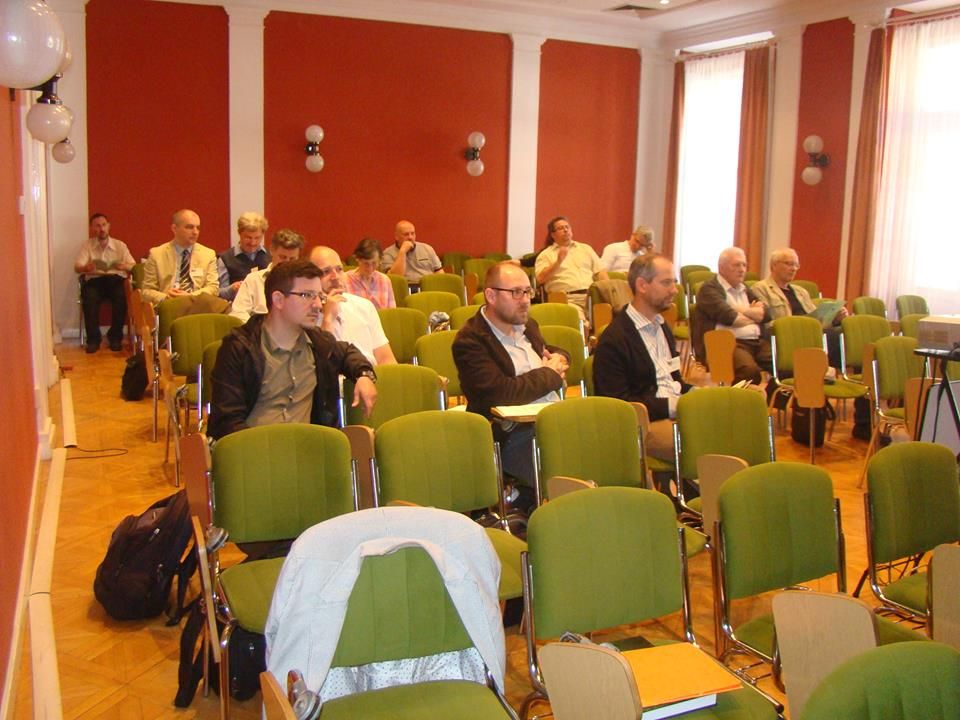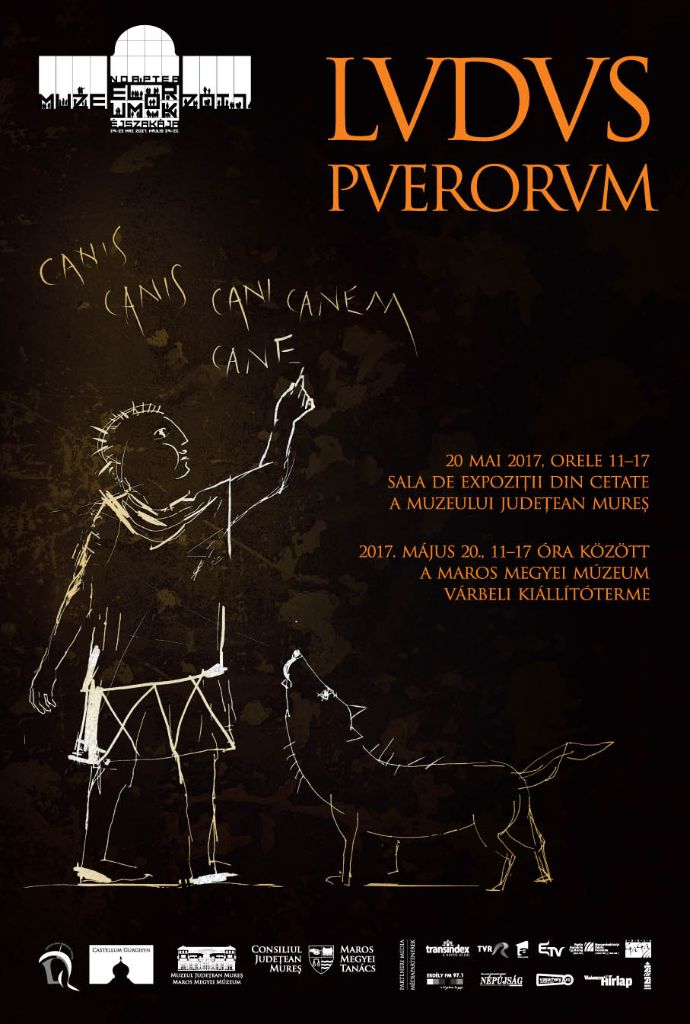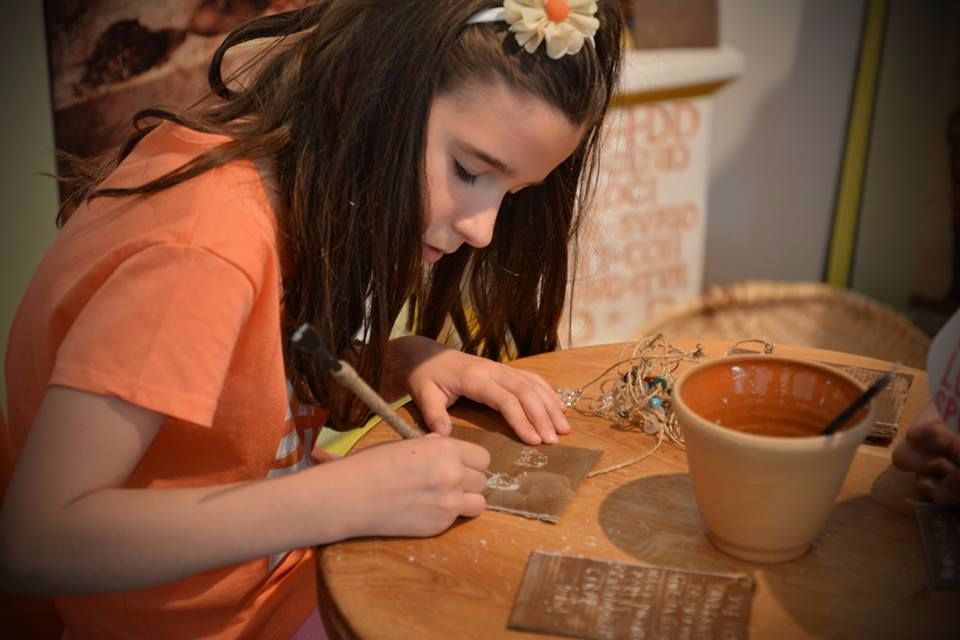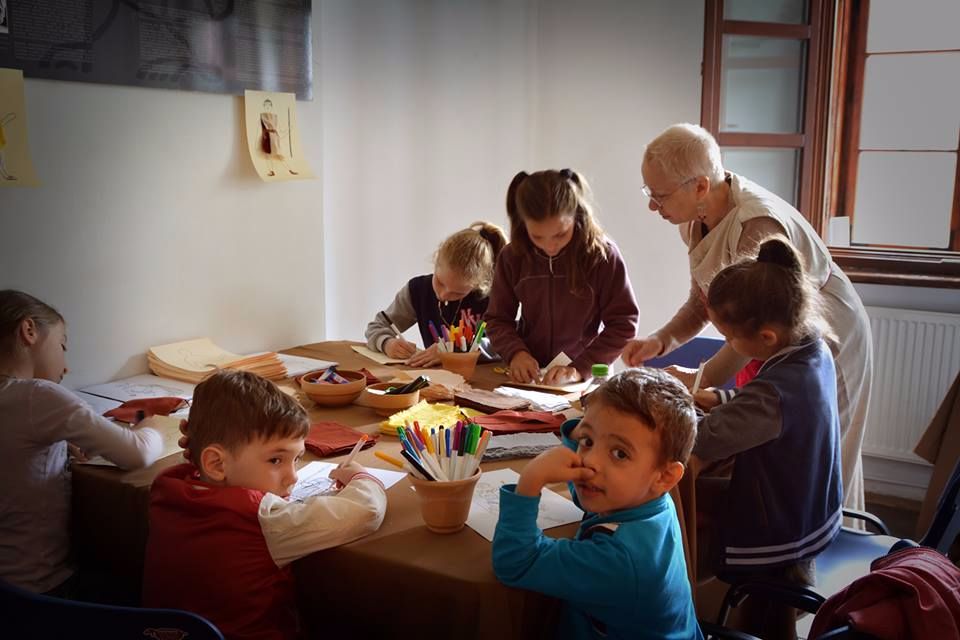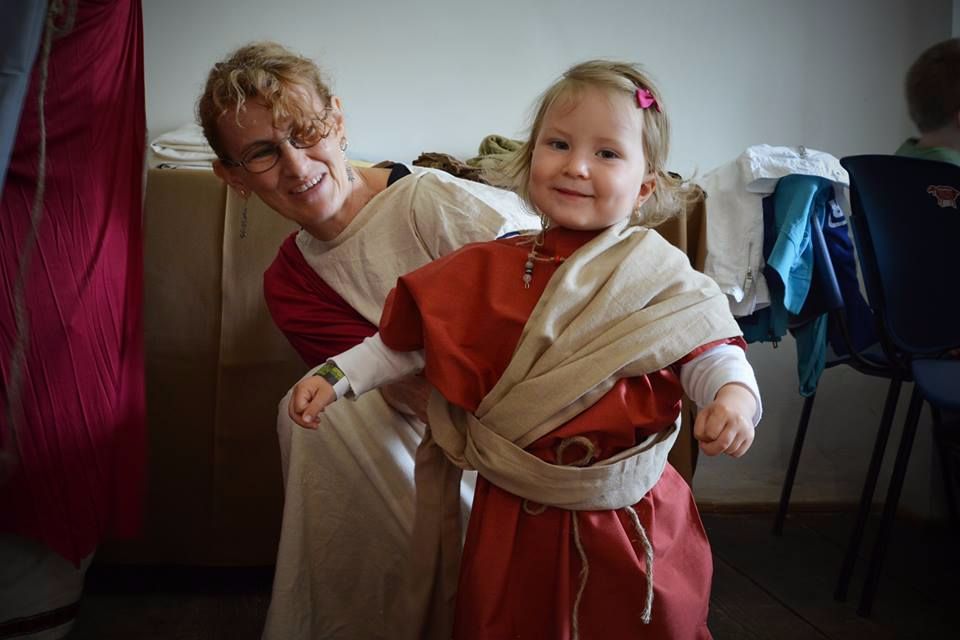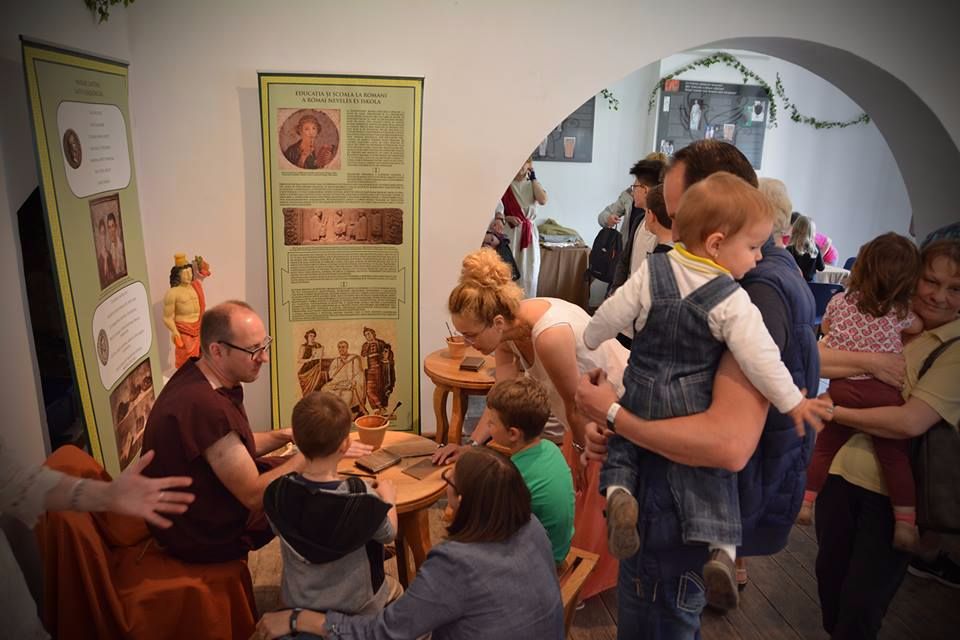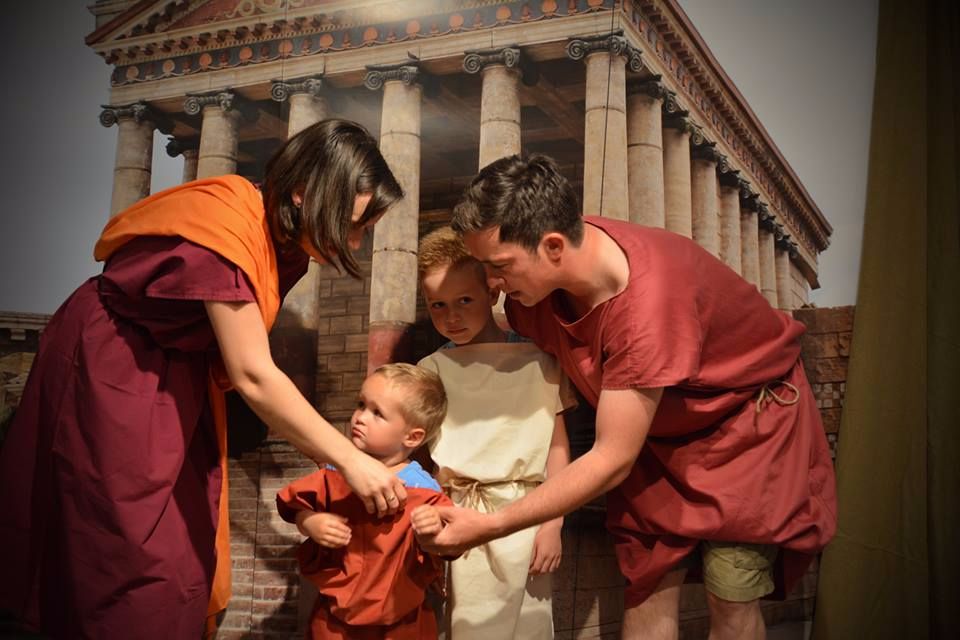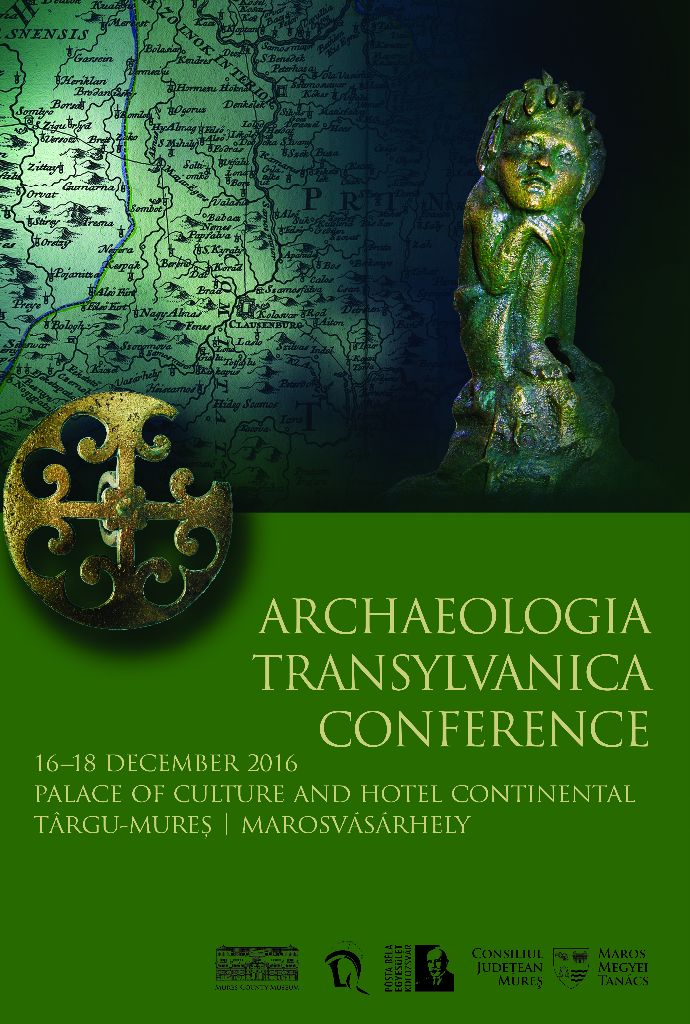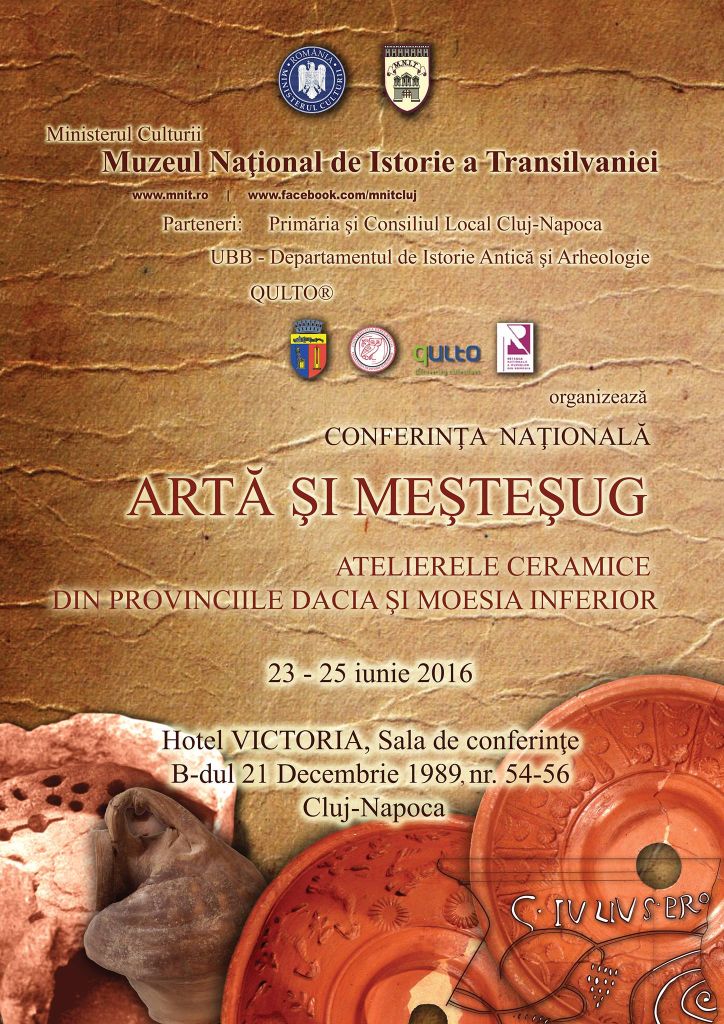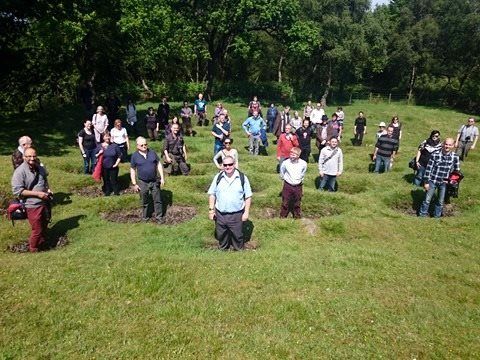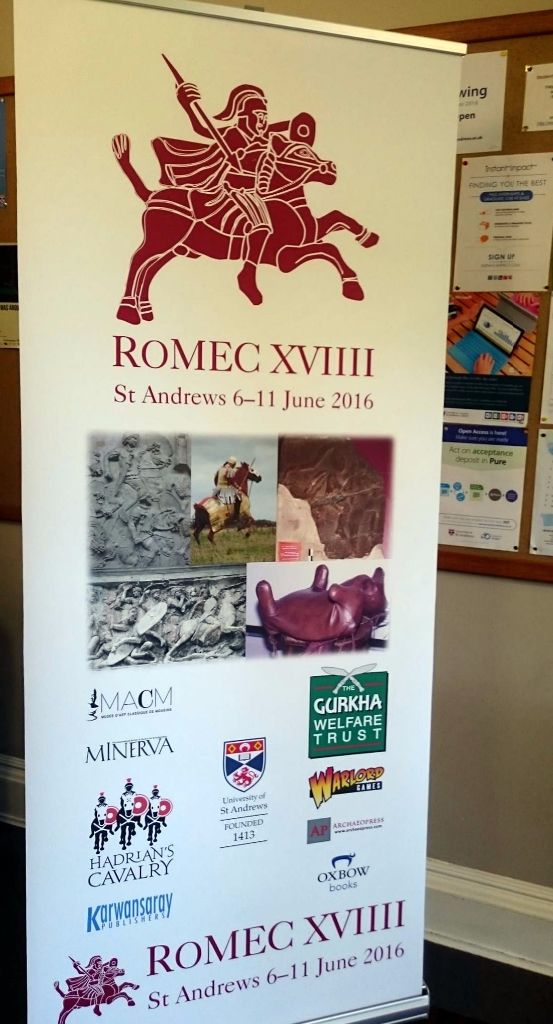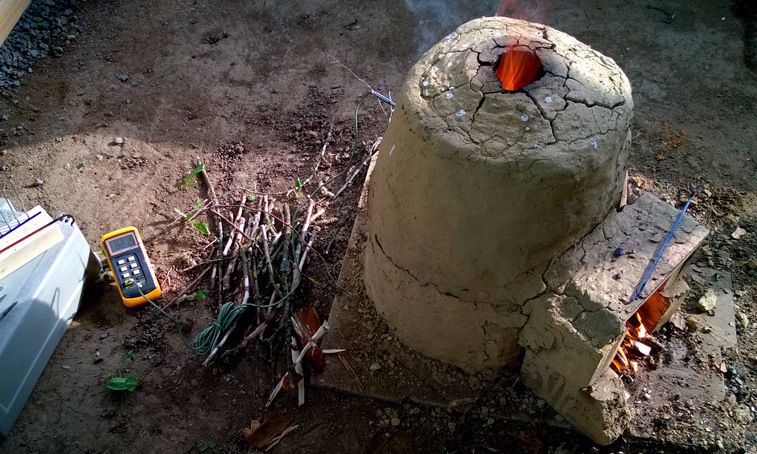Buday Memorial Conference
Between the 16th and 18th of May, a commemorative conference took place in Szeged (Hungary), in honour of two pioneers of the late 19th and 20th century humanities studies: Buday Árpád, historian and archaeologist, and his son, Buday György, artist.
The first day was dedicated to Buday Árpád, who was born in Transylvania, first working in Cluj and later in Szeged. He was one of the main researchers of Roman epigraphy, Roman provincial archaeology and limes-research. An intriguingly interesting presentation was held by one of our team members about the experiences and research of Buday Árpád in Albania, on the territory of present day Kosovo. On the second day presentations about the life and work of Buday György were held . His work, having its roots in Transylvania and being also influenced by expressionism and folk elements, created a totally apart form of art, appreciated all over Europe.
The conference was culminated by a book presentation about the work of Buday György regarding architectural elements from Szeged and two exhibitions. One of the curators of the exhibition about Buday Árpád was our team member.
